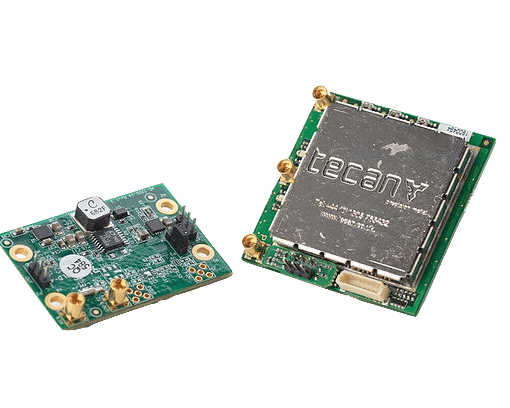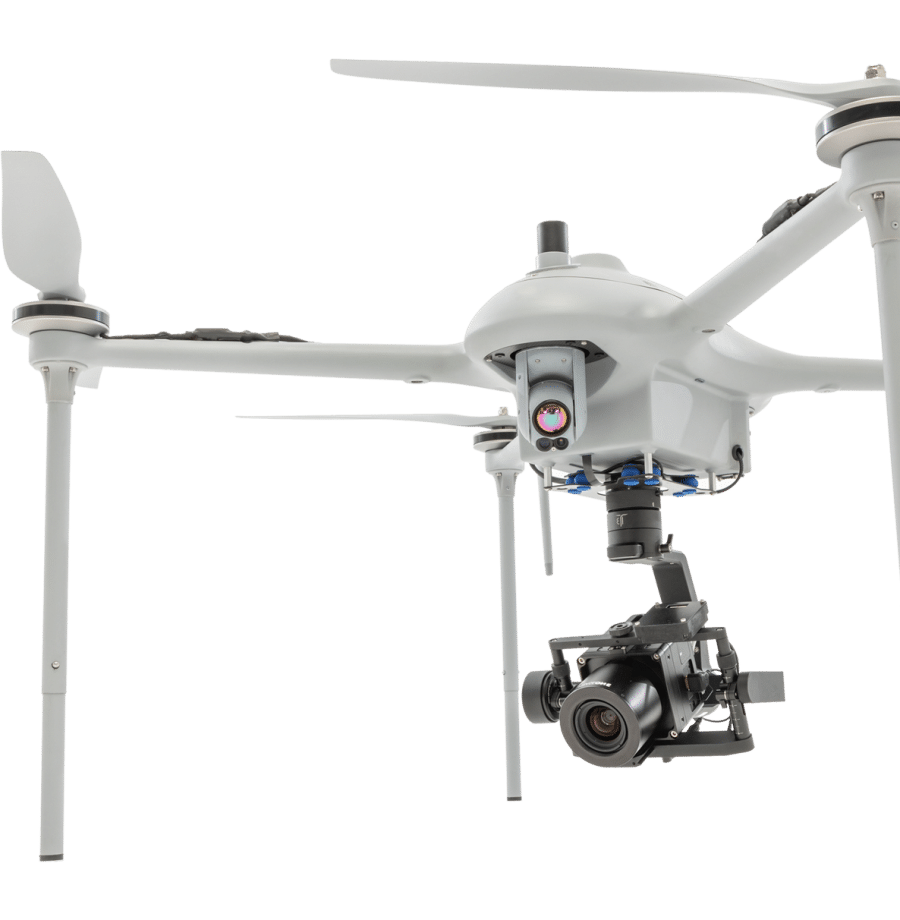Because safety is the primary mission for civil aviation authorities around the world, and we must meet those safety requirements in order to integrate into national airspace, ensuring aircraft safety and security is one of the most important factors of the drone industry. . There are many topics that go into and tackle this, such as parachutes, detect and avoid, and the newly released remote ID rule. But something that poses an increasing threat is how easy it is for consumers and bad actors to disrupt drone navigation systems with relatively cheap and easy-to-obtain technology.
The so-called ” clueless, careless and criminal” cause the bulk of man-made GPS disruptions.
For less than a hundred dollars, anyone can buy a GPS jammer online that is capable of taking out of service anything in its range, including your drone. Not all of these purchases are malicious, some are simply the result of individuals who do not trust or understand the technology and choose to use this equipment without considering the consequences. Whether intentional or not, the loss of GPS can interrupt important missions and threaten the safety of people and their property.
GPS is very important for most unmanned aircraft, it is really the only way that they are able to know where they are and what is around them. They are literally blind without this technology.
While some drones are capable of operating in GPS-negated environments, most drones rely on GPS to maintain operational control. In addition to the obvious security risk of losing control of the drone, which could lead to a crash, key tactical missions can derail at critical points, leading to loss of situational awareness, loss of valuable data, or even loss of human lives. This is all the more important as BVLOS (Beyond Visual Line Of Sight) missions are becoming more and more common these days.
As the drone industry grows, the more sophisticated these tools are getting, especially as people begin to understand the value of the data that drones are collecting.
GPS or GNSS receivers have become unbelievably small and accurate, and are really cheap, which is why you see them everywhere. But the signal is very vulnerable. In the last five years, more inexpensive GPS jammers come into the market. There are a lot of great military applications to stop jamming but they are large and expensive, which works great for fighter jets or helicopters, but it leaves 98% of the critical systems out there unprotected. They simply don’t have proportional defense to help them cope with these kinds of attacks.
The lack of proportional defense for small UAS is what led InfiniDome to develop a cost-effective, lightweight, low power integrated anti-jamming drone solution.
The device connects to the GPS system on one end with two omnidirectional antennas on the other. InfiniDome combines the pattern received from both antennas into a single pattern. They then use their proprietary algorithm to filter out interference.
The resulting OEM board is very small and lightweight (under 100 grams) and makes any UAS system 50 times more resilient to these kinds of attacks. This is impressive for an anti-jammer of this size and cost.
- OEM board
It’s not realistic someone would pay $50,000 to protect a $30,000 UAV system. InfiniDome took the same principles of these larger, more expensive anti-jammers and applied them to a smaller form factor in the GPSdome. The GPS’ inherent weak signal is used to our advantage to weed out the much stronger, illegal signals emitted by jamming technology. Functionally speaking, what is done is attenuating the noise, allowing users to continue to hear the signal coming from GPS satellites.
Attenuating those strong signals and the noise produced by the drone itself, while maintaining a clear connection with the weaker GPS signal, was another challenge that InfiniDome had to overcome.
“It required discrete elements, highly calibrated algorithms, and careful integration to be able to handle that level of interference,” explained InfiniDome. “But we were able to overcome all of these challenges, and I think we brought something very good to the table.”
In overcoming these challenges, InfiniDome was able to proactively recognize the threat to safety that GPS jamming represents and mitigate it, but neither plan to stop there. They recognize the need to keep one eye on future safety and security concerns.
In protecting assets from GPS interference, two things needs to be done.
One is protection and secondly is to monitor, detect and alert. Right now, it can be difficult to determine what kind of interference the user is dealing with. Currently, the team is working on a way to monitor and collect interference data so that people can understand what type of interference they are seeing around them. Intelligence about what is going on in the field is sometimes as important, if not more so, than actual protection. The plan is to aggregate information from detection systems and sensors to provide information about hotspots, to avoid these.


